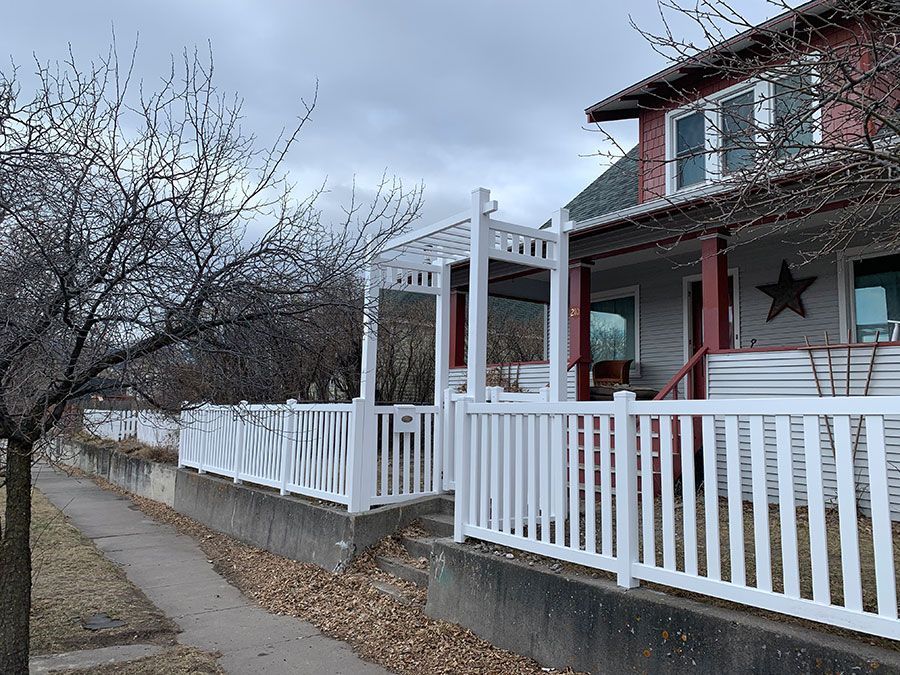Ornamental iron fencing is more than just a practical boundary marker—it's a symbol of beauty, craftsmanship, and history. The history of ornamental iron fences is deeply intertwined with the evolution of architectural and cultural styles, making them a timeless choice for both functionality and elegance. Let's explore how ornamental iron fences came to be, how they've evolved over time, and how they continue to influence design today.
Early History of Ornamental Iron Fences
Ornamental iron fences have roots in ancient Egypt and Rome, where iron and bronze were first used for functional and decorative purposes. Initially, these fences were primarily designed for security, but with advancements in metallurgy, more ornate designs began to emerge.
Major Shifts in Ornamental Iron Fence Designs
During the 17th century, ornamental iron fencing evolved, becoming more detailed and artistic, especially in Europe. The industrial revolution of the 18th century was pivotal in making iron more affordable, enabling the creation of elaborate designs. Fences and gates adorned with intricate scrollwork, finials, and ornate patterns flourished in palaces and estates, marking the golden age of ornamental iron work.

How Culture Shaped Ornamental Iron Fencing Designs
As iron fencing spread across different regions, designs became more influenced by local culture and heritage. In France, the baroque-style fences highlighted aristocratic traditions, while in the U.S., iron fences were a sign of status, particularly among wealthy industrialists and landowners. These cultural influences resulted in diverse designs, each reflecting regional tastes and available materials.
The Evolution of Ornamental Iron Fences in the Modern Age
Today, ornamental iron fencing has evolved to meet the needs and tastes of the modern world. While traditional styles remain popular, there has been a rise in contemporary adaptations that combine the elegance of old-world design with new materials and technologies. Modern iron fences can be found in both residential and commercial properties, offering a combination of security, durability, and visual appeal. Today’s designs continue to honor the history of ornamental iron fences while embracing sleek, minimalist styles that cater to a range of architectural preferences.
Final Thoughts
The history of ornamental iron fences spans centuries, transforming from simple security features to beautiful works of art. Whether you’re considering ornamental iron fencing for your property or simply admire its craftsmanship, the rich legacy and modern adaptations of these fences make them an exceptional and timeless option.
What style of ornamental iron fencing do you prefer for your home or business? Let us know in the comments below!
#OrnamentalIronFencing #HistoryOfFencing #IronFences #FenceDesign #Metalwork #DecorativeIron #FencingHistory #ModernDesign #CulturalDesign